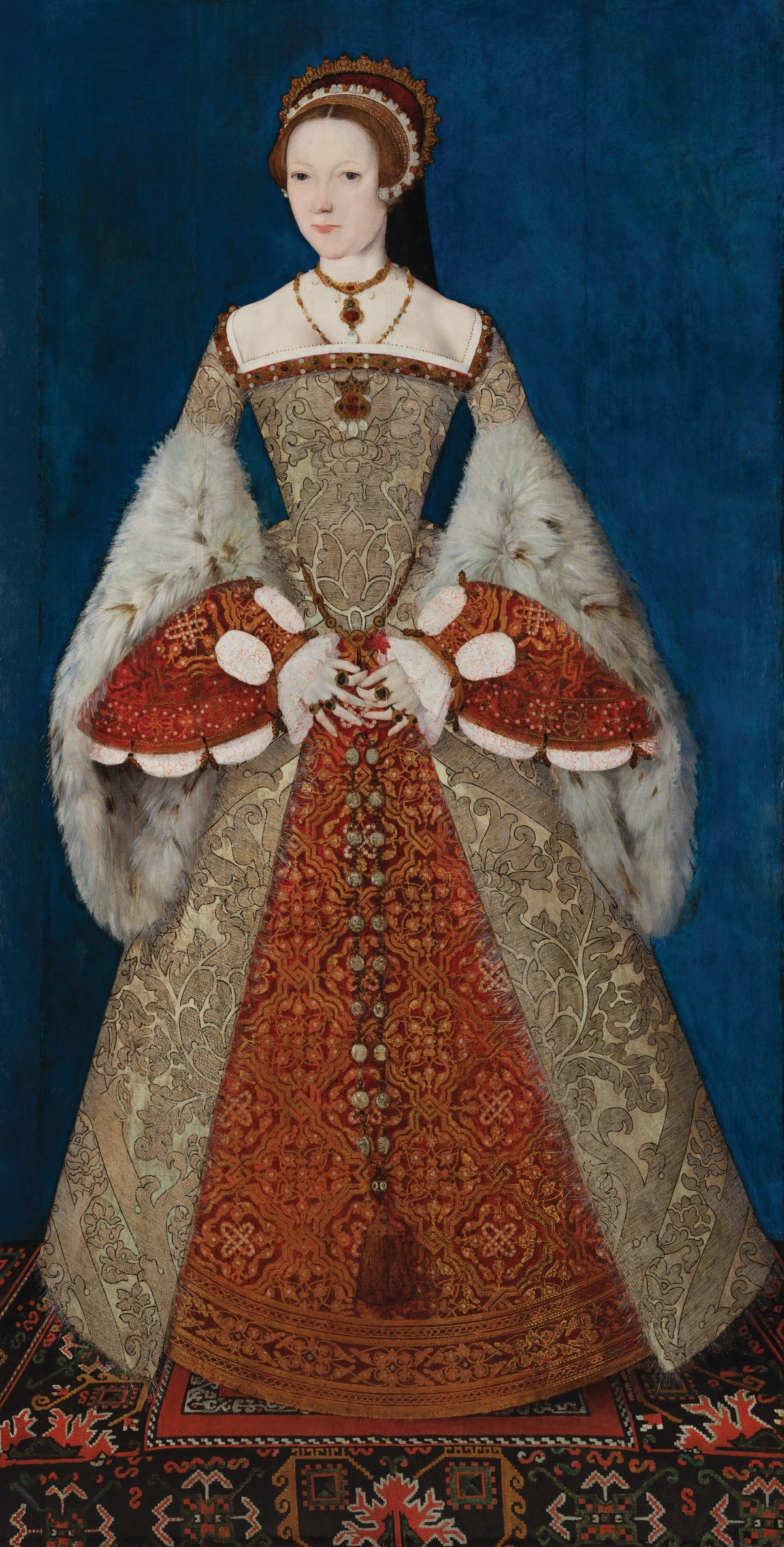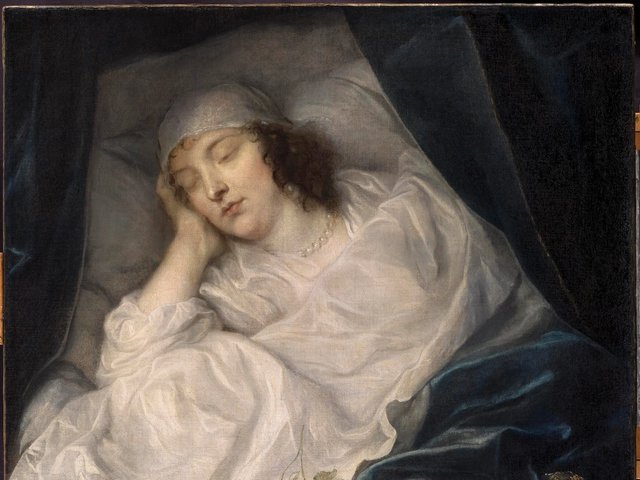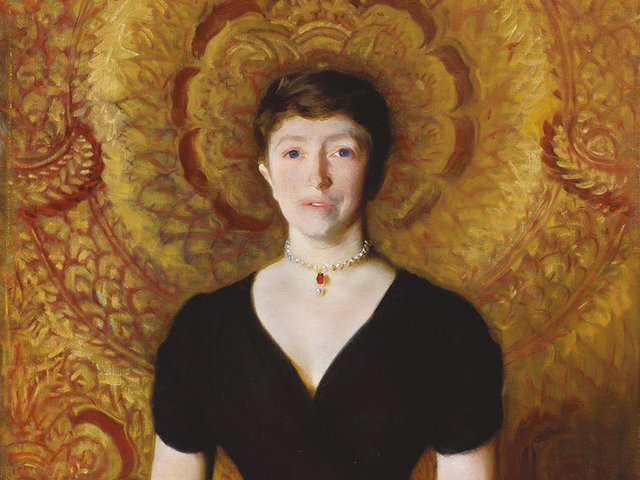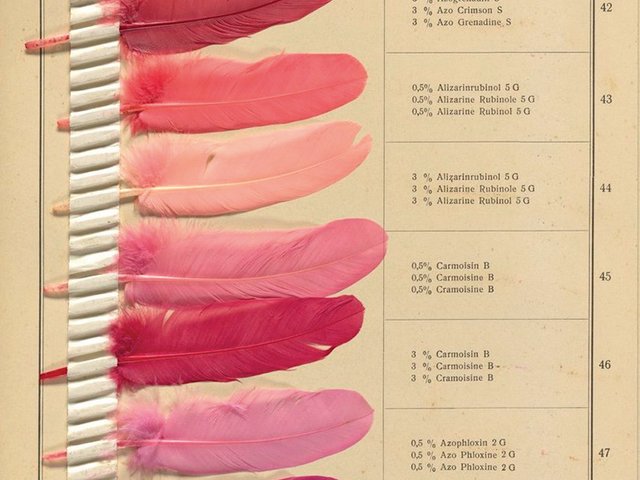“Divorced, beheaded, died; divorced, beheaded, survived” is a neat, if not macabre, reminder of the fate of Henry VIII’s six wives. But they were more than just their tragic ends. A new publication Six Lives: The Stories of Henry VIII’s Queens, tells their tales through a wide cultural lens. The book, which accompanies an exhibition at the National Portrait Gallery in London, is by the curator Charlotte Bolland and also includes essays by other historians and academics. Here, in a chapter by the art historian Suzannah Lipscomb, we hear about Katherine Parr, whose portrait was the first full-length painting of an English queen.
Extract from Six Lives: The Stories of Henry VIII’s Queens
Henry VIII’s last queen was perhaps the greatest artistic patron of them all. Katherine Parr commissioned musicians, goldsmiths, engravers, printers, embroiderers, jewellers and, above all, artists. These included Hans Eworth, Master John, Guillim Scrots, John Bettes the elder, Giles Gering and Levina Teerlinc. Susanna Horenbout was employed in Katherine’s household, though we do not know if she painted the queen. Hans Holbein the Younger may also have designed cups and jewellery for her: drawings of two gold-covered cups have finials of a woman thought to be St Katherine of Alexandria—the queen’s patron saint—holding a lettered scroll and a heart, and are annotated to indicate that they were cast by goldsmith Alberto Aldegraft in 1545.
Meanwhile, Holbein’s design of a pendant-brooch of the half-figure of a noble woman, who holds a tablet bearing the inscription “well laydi (lady) well” from which hang three pearls, is very like the Parr family emblem of a maiden’s head. Holbein died before Katherine could ask him for a portrait, but she asked practically everyone else. These portraits were political: deliberate exercises in self-promotion, even the “aggressive pursuit of visual self-justification”.
The National Portrait Gallery’s portrait of Katherine, lavishly dressed in a French-style silver cloth of tissue gown with lynx fur sleeves, is the first full-length portrait of an English queen, and may be modelled on Holbein’s picture of Christina of Denmark to which Henry VIII had been so attracted. Long mistaken for Lady Jane Grey, who was a generation younger than her, it fits with contemporary accounts of her as an attractive, red-headed woman with a taste for “sumptuous clothes”. In it, she wears a crown-headed brooch, from which hang three pearls. This distinctive piece is found in an inventory of her jewels and was perhaps commissioned by Katherine from the goldsmith Peter Richardson. It proclaims her royalty in defiance both of her own relatively modest birth and her royal husband’s irritating decision to include his third wife in another picture commissioned during Katherine’s reign.
She also wears it in two other portraits: a 17th-century copy of a lost original owned by the National Trust, and a portrait formerly in the collection of the Earl of Jersey, which may date from Katherine’s lifetime. These portraits seem designed to testify to her magnificence and beauty, to remind her husband of her attractions and to assert her status as queen.
• Charlotte Bolland, with contributions from Suzannah Lipscomb, Nicola Clark, Brett Dolman, Alden Gregory, Benjamin Hebbert, Nicola Tallis and Valerie Schutte, Six Lives: The Stories of Henry VIII’s Queens, National Portrait Gallery, 224pp, £35 (hb)
• Six Lives: The Stories of Henry VIII’s Queens, National Portrait Gallery, London, until 8 September






